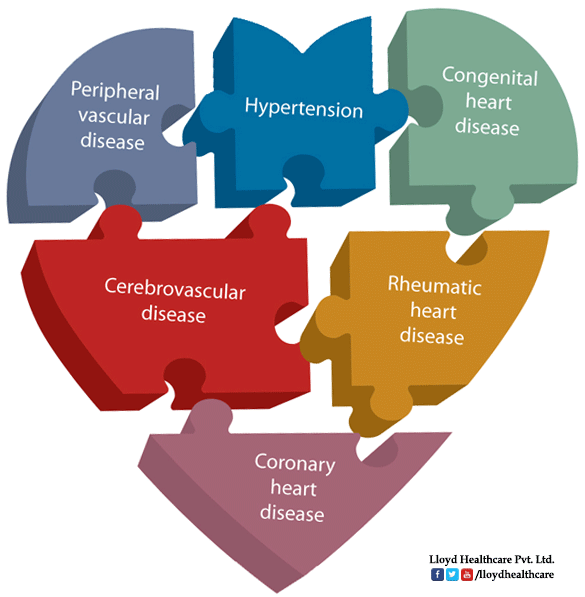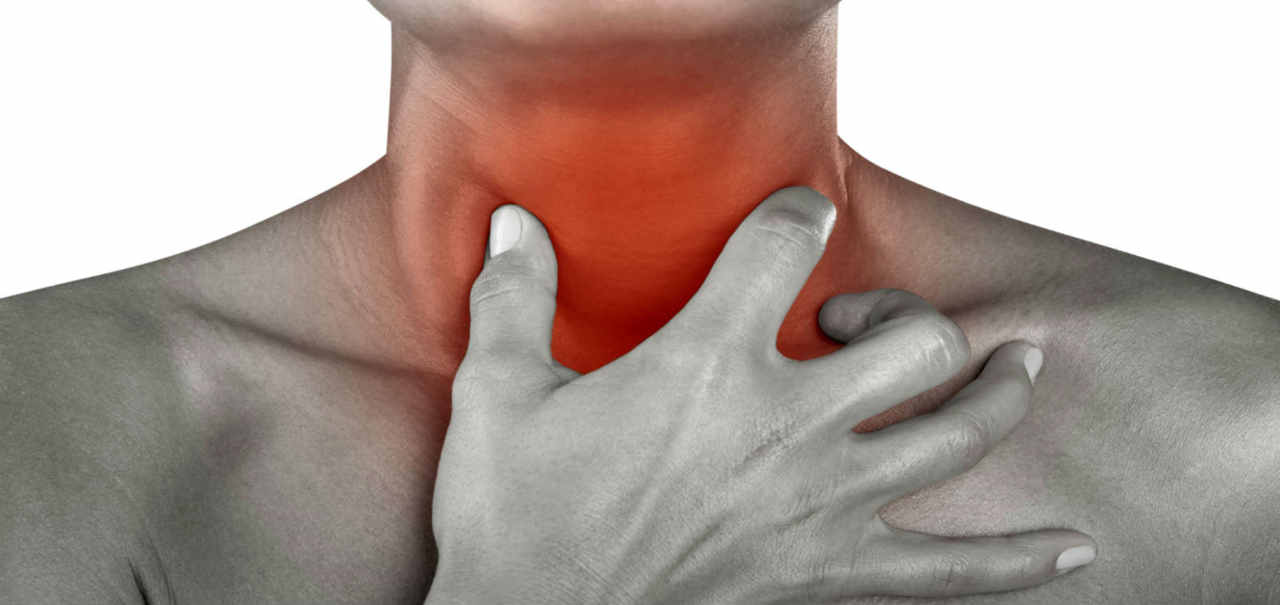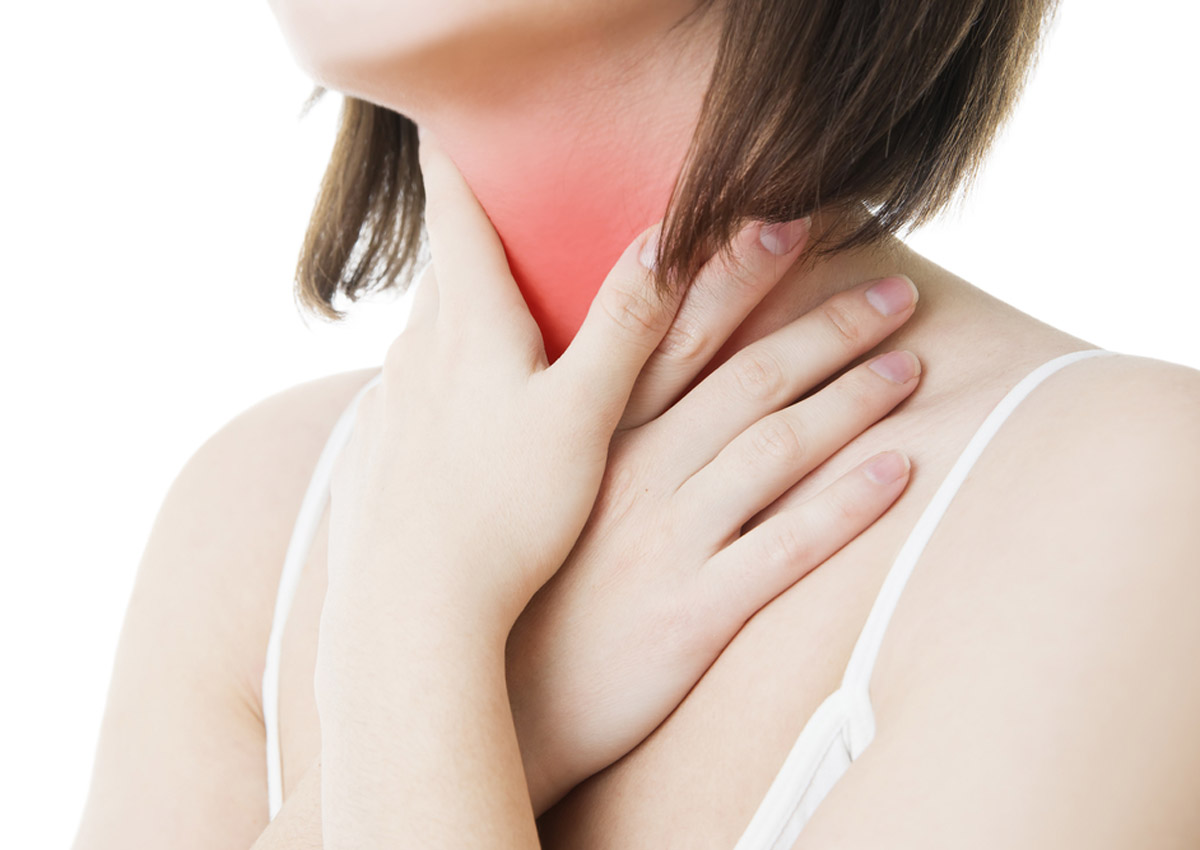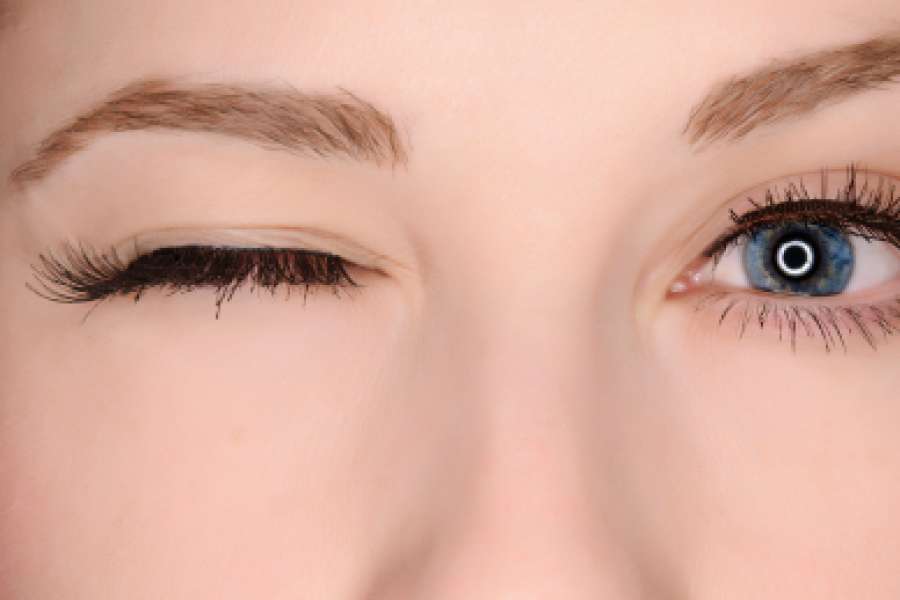Healthy Life Style Helps You To Curb And Cure Cardiovascular Diseases

When I look around among friends, relatives, and neighbors, I find cardiovascular diseases are rising exponentially. On an average, one member of each family is suffering or at the verge of having CVD(Cardiovascular Diseases).
CVD is leading cause of deaths especially in developing countries where medical supports are minimal. Recently, one of my known died because of the heart attack at the age of 31.
This was shocking to me and raised many questions in my mind, I will try to discuss each one of those in my article and I hope these information’s will help readers to curb CVD.
What Is Cardiovascular Disease (CVD)?
Cardiovascular disease also called heart disease and refers to any disease affecting heart, blood vessels or vascular disease of brain.
Blood vessels are the circulatory system of body that transports blood and divided in three major categories, the arteries which carry the oxygen-rich blood from the heart to different part of body.
The capillaries which enable the exchange of water, oxygen and nutrients between blood and cells, and veins which carry blood having waste from the capillaries back to heart for purification.
Types Of Cardiovascular Diseases

1. Coronary Heart Disease(CHD)
It is also known as ischaemic heart disease or coronary artery disease(CHD). CHD is the narrowing or blockage of the coronary arteries, usually caused by atherosclerosis.
Let’s understand atherosclerosis first, Atherosclerosis(ASVD) is a condition in which artery wall thicken because of cholesterol sticking to lining of artery. To understand more you can refer How to control cholesterol. CHD disturbs blood supply to heart and that may lead to heart attack.
2. Cardiomyopathy
Cardiomyopathy(Heart Muscle Disease) is the myocardium(Heart Muscle) function deterioration, and it leads to heart failure. Symptoms are dyspnea (Breathlessness)and peripheral edema (Swelling in legs).
3. Hypertensive Heart Disease
Hypertensive Heart Disease mainly caused by high blood pressure. Normal symptoms are fatigue, dyspnea, weight gain or peripheral edema.
4. Heart Failure(HF)
Also called Congestive Heart Failure(CHF) and occurs when the heart could not provide sufficient pump action to maintain blood flow to meet the needs of the body.
5. Cor pulmonale
Also called Pulmonary Heart Disease, which is an enlargement of the right ventricle of the heart as a response to increased resistance or high blood pressure in the lungs.
6. Cardiac Dysrhythmias
It is a condition of irregular heartbeat and also called arrhythmia or irregular heartbeat.
7. Inflammatory Heart Disease
Valvular Heart Disease: Valvular Heart Disease is any disease involving valve of heart and can affect more than one valves. Disease may be congenital or acquired and treatment of disease is either medication based on severity or valve replacement.
— Endocarditis
Endocarditis is an inflammation of inner layer of heart (endocardium). Endocarditis is mainly categories in two types, infective and non-infective endocarditis.
Infective endocarditis caused due to damage of heart valve by rheumatic fever, which is main cause or most common cause of heart valve damage. Whereas non-infective found on undamaged valve.
— Myocarditis
Myocarditis is inflammation of heart muscle and happens mostly due to infection of common virus (parvovirus B19).
8. Cerebrovascular Disease
It refers to conditions that affect circulation of blood to brain and causes limited or no flow of blood to brain. The common cause is hypertension or atherosclerosis.
9. Peripheral Arterial Disease(PAD)
It is also called peripheral vascular disease(PVD) and refers to the obstacle in arteries which supply blood to different part of body such as hands, legs etc. Symptoms are numbness, pain, weakness or cramping.
10. Congenital heart disease(CHD)
Congenital Heart Disease refers to defect in heart or valves by birth due to genetic reasons or environmental reason. Some symptoms are shortness of breath, cyanosis etc.
11. Rheumatic Heart Disease
It is a type of inflammatory disease and occurs due to rheumatic fever. As discussed above in Endocarditis.
Risk of Cardiovascular Disease
There are many factors which increase the risk of cardiovascular diseases such as high BP, high cholesterol, smoking, high alcohol intake, sugar consumption, family history, obesity, less physical activity. Whereas there are two main factors which we will discuss below.
- Age: Age plays an important role in cardiovascular diseases, the study has shown that 87% of people died because of heart disease, are the age of 60 or above. As age increases the cholesterol level of body increases and that simplifies the reasoning, because cholesterol is the main reason behind the blockage of arteries or valves. Aging also causes the loss of arterial elasticity and lead to coronary artery disease.
- Gender: Gender also plays an important role. Men are more prone to heart disease compare to women in middle age because of estrogen. Estrogen is sex hormone and it plays as a shield through glucose metabolism in women. But the production of estrogen decreases after menopause and that may change the lipid profile by decreasing HDL and increasing LDL. That’s why women became more prone to heart disease in old age.
Symptoms of Cardiovascular Diseases
You should see your doctor immediately for check-ups, if you are facing any of the abnormality listed below:
Chest pain, Fatigue, Irregular pulse ,Swelling of feet and ankles, Weight gain, Nausea, Shortness of breath, Difficulty sleeping flat in bed ,Bloating and abdominal pain, Need to urinate multiple time at night, An enlarged heart.
Prevention of Cardiovascular Diseases
Around 60% of cardiovascular diseases are preventable by adopting a healthy lifestyle. Two basic changes in their lifestyle can cut the risk of diseases.
- Decrease your saturated fat/trans fat and cholesterol intake. For detail diet plan please refer to a chart given in another article How To Control Cholesterol.
- Increase physical activity such as jogging, any sports, exercise and yoga.





